The parrot, also known as the psittacine, is a colorful, intelligent bird known for its ability to mimic sounds and speech. There are more than 350 species of parrots, found all over the world in a variety of habitats. They are social animals that live in flocks and communicate with each other using a range of vocalizations, body language, and even dance. Parrots are omnivores, feeding on a variety of foods including seeds, nuts, fruits, and insects. They are popular pets and can form strong bonds with their human caretakers. However, owning a parrot requires a lot of time, attention, and patience, as they can be demanding and require specialized care. Unfortunately, many parrot species are at risk due to habitat loss and poaching for the pet trade. Conservation efforts are underway to protect these intelligent and charismatic birds and their habitats.
Animals that start with P
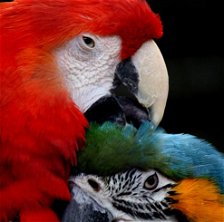
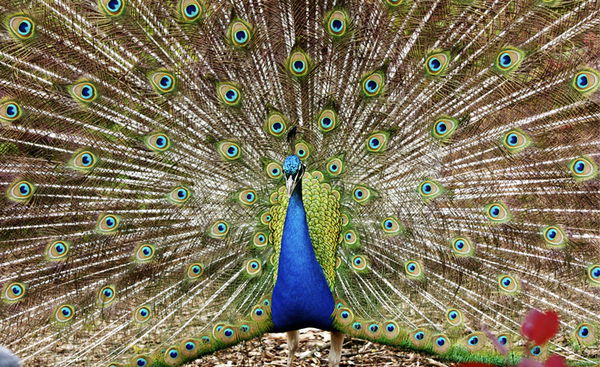
Photo: Neil Turner
The peacock is a magnificent bird native to South Asia, known for its striking appearance and extravagant plumage. The male, or peacock, has a vibrant blue and green iridescent body, a long tail of brilliantly colored feathers, and a crest of feathers on its head. Peacocks use their dazzling appearance to attract mates and intimidate rivals. While they are primarily ground-dwelling birds, they are also capable of short bursts of flight. The peacock is a symbol of beauty and pride in many cultures and is widely admired for its distinctive appearance.
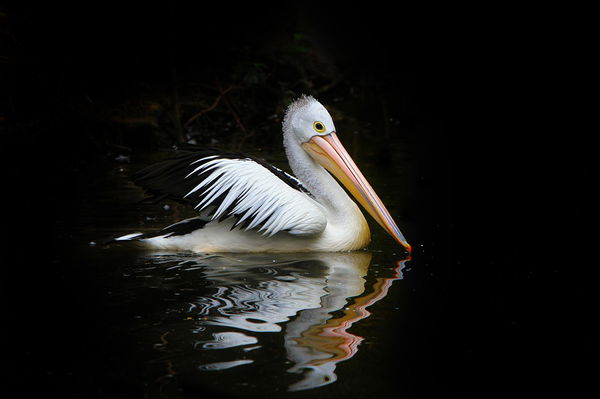
Photo: Holgi
The pelican is a large aquatic bird found in many parts of the world. They have a long beak with a large throat pouch used for catching and storing fish. Pelicans are strong fliers and can travel long distances in search of food. They are social birds and often hunt in groups, diving from the air into the water to catch fish. Pelicans are also known for their unique nesting habits, often creating large communal nests made of sticks and other materials. Pelican populations are generally stable, although they have been threatened by habitat loss and pollution in some areas.
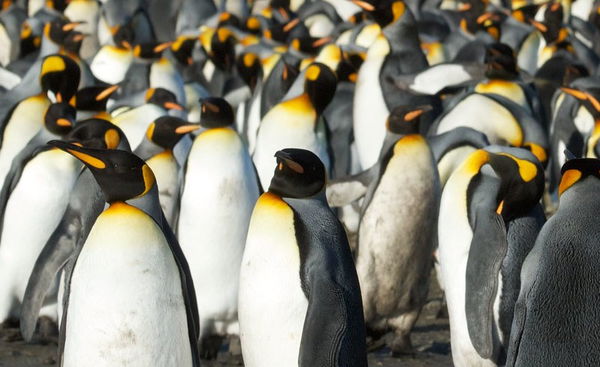
The penguin is a flightless bird that is native to the southern hemisphere, particularly Antarctica. They have a distinctive appearance, with their black and white feathers, a streamlined body, and a waddling gait. Penguins are well adapted to the harsh Antarctic climate, with a thick layer of blubber to keep them warm, and waterproof feathers that help them stay dry in the water.
They spend most of their lives at sea, feeding on fish, krill, and other small aquatic animals. Penguins are social animals, living in large colonies and communicating with each other through various vocalizations and body language. They mate for life and take turns caring for their young. The emperor penguin is the largest of all penguin species, standing up to 4 feet tall and weighing up to 80 pounds.
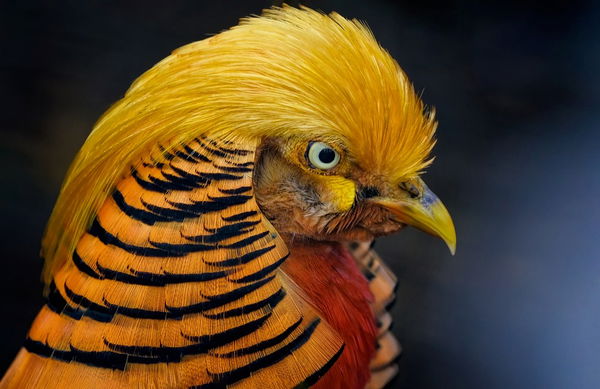
Photo: ambquinn
The pheasant is a galliform bird native to Asia, which has been introduced to many parts of the world due to its ornamental and hunting value. Pheasants are large and elegant birds, with a length of up to 90 cm and a weight of up to 3 kg. Males are larger than females and have much more showy plumage, with bright colors and complex patterns. Pheasants feed mainly on seeds, fruits, insects, and small animals.
The pheasant has been domesticated for thousands of years for hunting and is a popular bird in poultry farming. Due to their beauty and colorful plumage, they are also popular as ornamental birds in parks and gardens. However, hunting and habitat degradation have led to declines in pheasant populations in the wild. Several pheasant species are currently threatened with extinction and conservation efforts are underway to protect them. In some cultures, the pheasant also has symbolic value and is used in ceremonies and rituals.
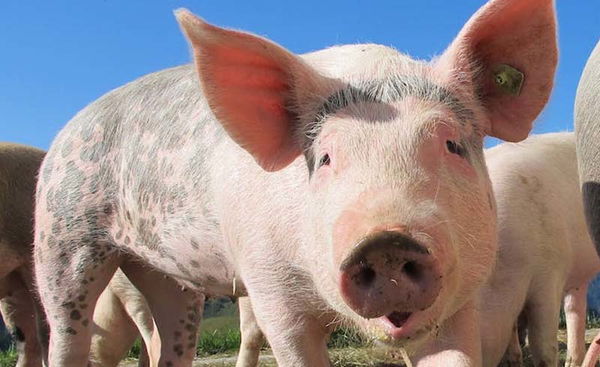
The pig is a domestic animal widely raised for its meat, skin, and fat. These animals are omnivores and feed on a wide variety of foods, including grains, herbs, and fruits. Additionally, pigs are social animals and exhibit complex behaviors in their herd life.
Pigs have thick skin and hair that helps protect them from insects and the sun. Additionally, their skin and fat are used in the production of products such as soap and candles. In the kitchen, pork is consumed in many parts of the world and is used in a wide variety of dishes.
In popular culture, pigs are often associated with dirtiness and laziness, but in reality, they are intelligent and social animals.
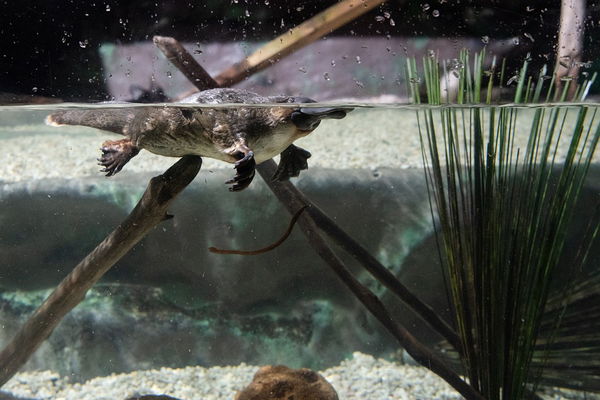
Photo: pen_ash
The platypus is a semi-aquatic animal native to eastern Australia and Tasmania. It is known for its unusual appearance, with a duck bill, an otter-like body, and beaver-like legs and tail. It is one of the few mammals that lays eggs, rather than giving birth to live young.
Platypuses feed mainly on aquatic invertebrates and small fish. They are excellent swimmers and can stay underwater for extended periods thanks to their ability to store oxygen in their skin and fur. They are solitary and nocturnal, and often dig burrows on the banks of rivers and streams.
The platypus is a protected animal due to its rarity and vulnerability. Although not currently considered endangered, water pollution and habitat destruction remain threats to their survival.
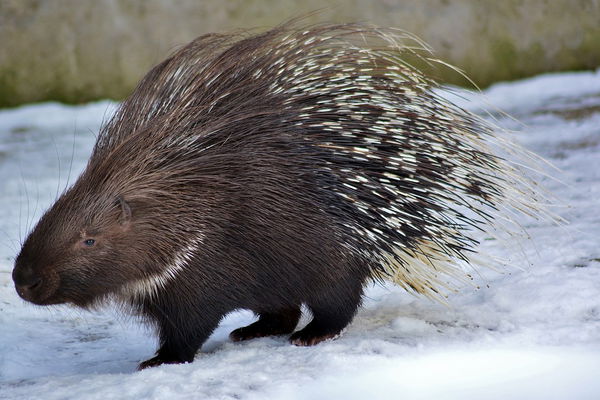
Photo: jggrz
The porcupine is a large rodent found in many parts of the world. They are covered in sharp quills that protect them from predators. Porcupines are primarily nocturnal and are herbivores, feeding on a variety of plants and tree bark. They are also skilled climbers and can often be found in trees or on rocky outcroppings. Porcupines are generally solitary animals, although they may congregate in areas with abundant food sources. They are also known for their unique mating habits, which involve loud vocalizations and aggressive behavior. Porcupine populations are generally stable, although they have been threatened by habitat loss and hunting in some areas.
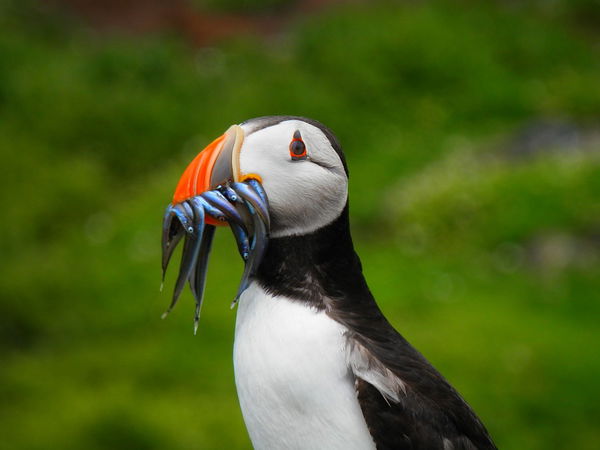
Photo: DesignFife
The puffin, also known as the "clown of the sea," is a distinctive bird that is found in the northern hemisphere. These small seabirds have a colorful beak that is particularly striking during breeding season, with shades of orange, yellow, and blue. Puffins are excellent swimmers and divers, using their wings to "fly" underwater in pursuit of small fish and other prey.
Puffins are also known for their unique nesting habits, with many breeding colonies located on steep cliffs or rocky islands. They dig burrows in the ground or use crevices in rocks to create a safe space for their young.
Unfortunately, puffin populations are declining due to habitat loss, pollution, and overfishing. Conservation efforts are underway to protect these charismatic birds and their breeding habitats.
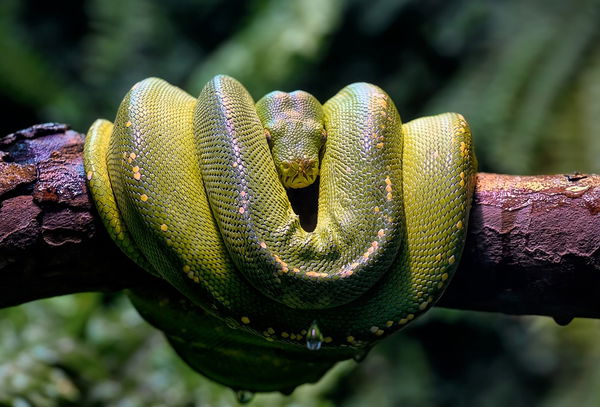
Photo: ambquinn
The python is a large, non-venomous snake found in many parts of the world, particularly in Africa and Asia. Pythons are constrictors, meaning that they wrap their bodies around their prey and squeeze until the prey dies. They have heat-sensing organs that allow them to detect prey even in complete darkness. Pythons are carnivorous and feed on a variety of prey, including small mammals and birds. They are also known for their impressive size, with some species growing up to 30 feet in length. Pythons are often kept as pets, but can be dangerous if not handled properly. Some species are also threatened by habitat loss and hunting.